NASA Uses Holoportation To Beam Scientists Aboard ISS
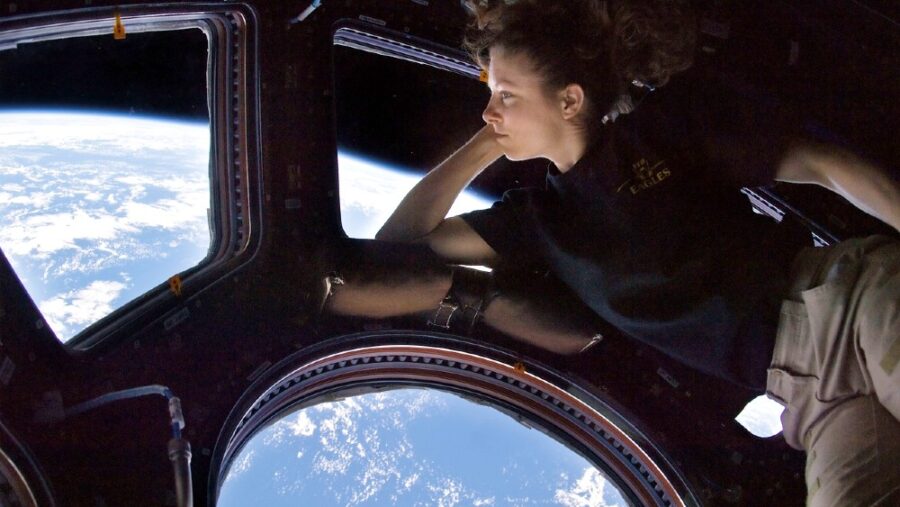
While telemedicine has become common here on Earth, who knew you could get a telemedicine appointment in space? Astronauts aboard the International Space Station (ISS) can now receive medical care in a rare form of telemedicine that involves holoportation. This groundbreaking advance for the exploration of space that was once the stuff of science fiction television has much broader implications for the future of long-distance space travel, Earth-space collaboration, and the ability to help astronauts feel less isolated while traveling in space.
Doctors Can Visist Astronauts Via Holoportation
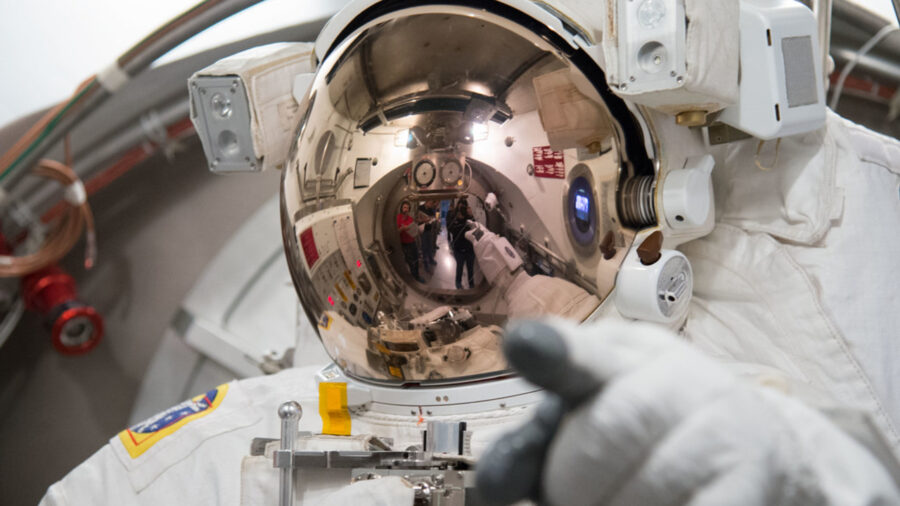
The first humans to experience holoportation from Earth visited the ISS in October of 2021, inspired in part by the explosion of telemedicine here on Earth during the COVID-19 pandemic. NASA flight surgeon Dr. Josef Schmidt along with AEXA Aerospace LLC CEO Fernando De La Pena Llaca “beamed” aboard the ISS to speak to astronaut Thomas Pesquet of the European Space Agency (ESA). This was the first ever conversation of its kind, with a 3D hologram of the Doctor and team projected into the middle of the ISS.
Game-Changing Technology
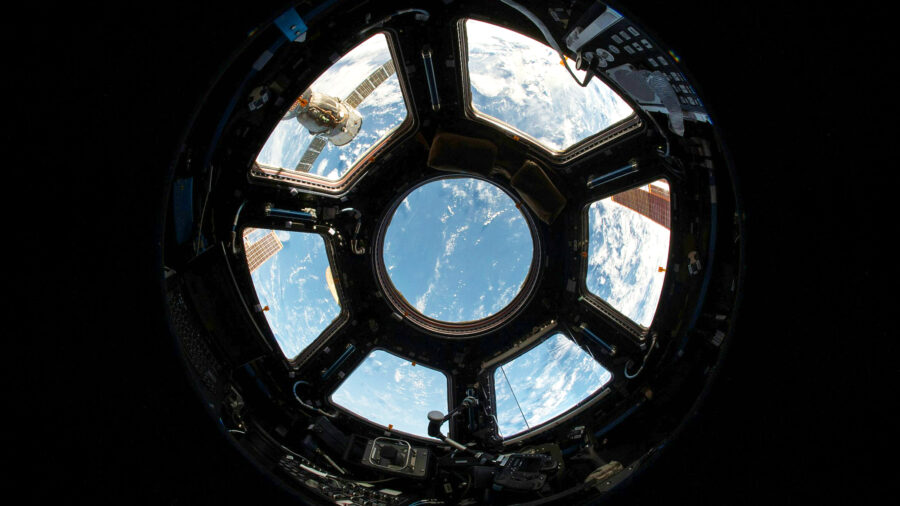
NASA scientists used a simple personal laptop with special AEXA software installed along with a Microsoft Hololens Kinect camera to project their images aboard the ISS. Holoportation allows staff, scientists, and collaborators to communicate with astronauts and can give them the advantage of being able to interact with the ISS environment and the people in it in a unique way that has never been done before.
The communication technology, known as Holowizard, has been installed on the ISS as well as at mission control and in other key points for NASA, allowing astronauts, engineers, medical personnel, and others to holoport to the ISS.
How It Works
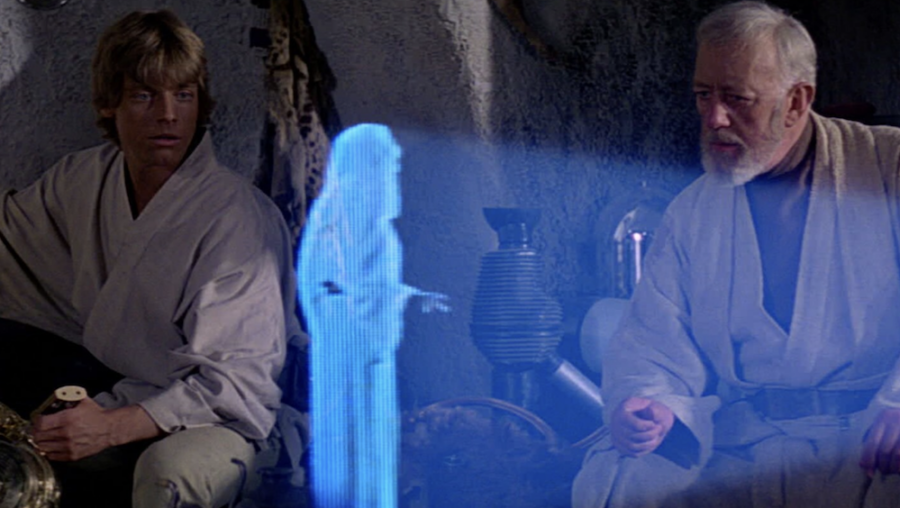
The way that holoportation works is that a special camera captures a 3D model of the subject and then compresses the model, sending it over long distances in real-time to be visually reconstructed at the endpoint of the communication system.
In the case of NASA, it allows mission control and others to holoport aboard the ISS to help solve problems, perform medical exams, and give instructions for crew performing repairs. The current configuration of holoportation technology allows people to beam 3D models of themselves 250 miles from Earth into space while the ISS travels at a speed of approximately 17,500 mph, the longest distance that anyone has ever been able to use such technology.
Will Aid Distant Space Travel Missions

Humans are stretching the boundaries of space travel and exploration, with many hopeful that a Mars mission (or at least a mission to one of its moons) is in the near future. With the development of holoportation that can be used over long distances to communicate with crews aboard distant spacecraft, the possibilities for research in space are greatly expanded.
Imagine an aerospace engineer being able to demonstrate how to perform a repair on a spacecraft miles from Earth, or a research team connecting data from an exploration mission with their study on Earth in real-time.
Holoportation On Earth

Like other emerging technologies that are developed in part for space travel, holoportation has concrete uses here on Earth as well. Performing telemedicine for people in remote areas where a doctor could interact with a patient in a 3D environment could improve the quality of healthcare people get in rural areas and make medical care more accessible to them.
In addition, imagine getting a lecture from a world-renowned expert from hundreds of miles away via a holoportation hub, allowing students to interact with a holographic teacher. The possibilities for holoportation are almost endless.
Source: NASA









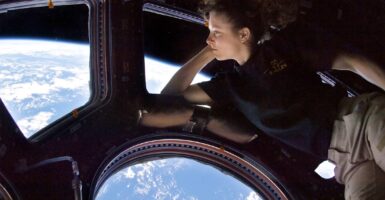



You must log in to post a comment